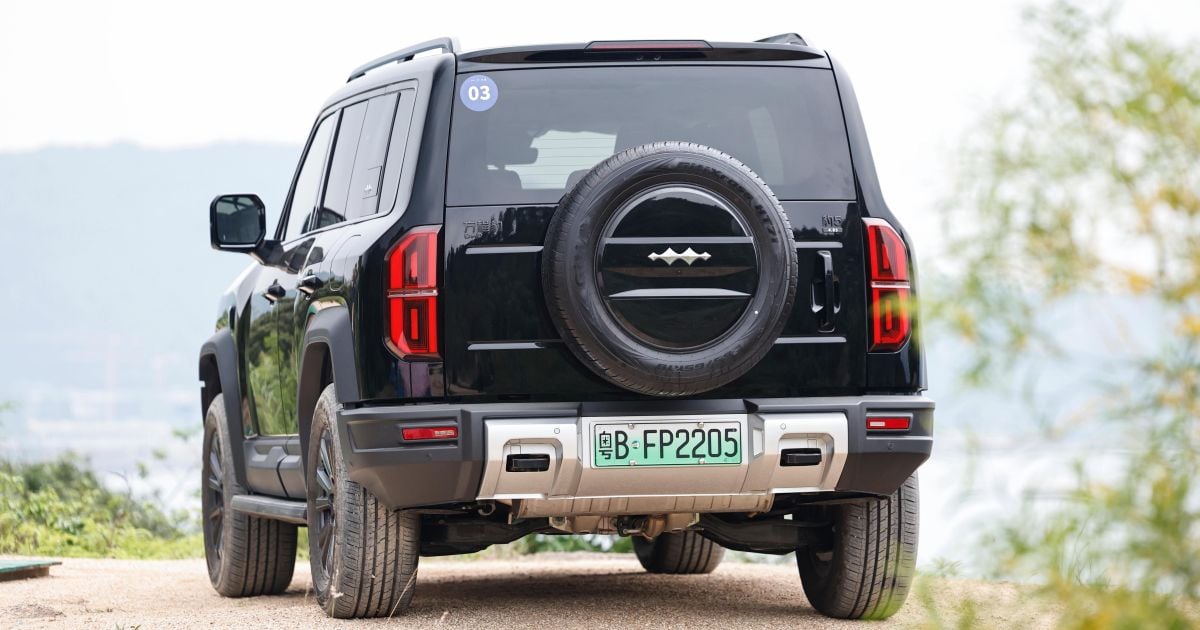
2025 BYD Denza B5 review: Quick drive
In China, this model is known as the Fangchengbao Formula Leopard Bao 5, which just rolls off the tongue, doesn’t it?
In Australia, though, this luxury off-road SUV is highly likely to be marketed under BYD luxury brand Denza, and branded with the B5 badge.
Naming quirks aside, this is a mid-to-large, five-seat, four-wheel drive SUV with plug-in hybrid powertrain tech, a host of luxury inclusions, and a whole lot of presence to it.
Should you hold off on ordering that Ford Everest, Toyota Prado or GWM Tank 300? Let’s find out.
How much does the BYD Denza B5 cost?
There’s no confirmed Australian pricing for the Denza B5 yet, but it is priced between 239,800 and 302,800 yuan in China, which equates to approximately A$51,700-$65,300.
That doesn’t mean it’ll be quite that affordable when it gets here, though. There’s a lot of cost involved in getting a car from a Chinese factory to Australian roads, and a lot of costs that need to be added on.
If I were guessing, I’d be expecting a price starting in the $70,000 range – keep in mind that’s for a five-seat SUV with PHEV tech and a host of standard inclusions. For context, a high-spec Outlander PHEV will run you up there!
What is the BYD Denza B5 like on the inside?
I’ve sat in a couple of these off-road-focused larger SUVs from Chinese brands at motor shows and for test drives, and this one felt very impressive by comparison.
It’s clear that Fangchengbao (and Denza as a flow-on) is aiming to wow occupants with perceived luxury as soon as they clamber up the side steps and into the seats.
Once you’re up in the heated, cooled, electric-powered and Nappa leather-clad seats and you hit the red start button between the front seats, the gear selector dramatically raises up to introduce you to the drive experience.
The red crystalised button is one of five down between the seats, including hazard lights, an EV/HEV drive mode controller, traction control and low-range gearing options.
That centre area also includes front and rear diff lock buttons, a volume scroller, fan on/off, demister buttons and more, not to mention a wireless phone charging pad and a cable through-port, which can be fed by a couple of USBs in the under-bridge storage zone.
Now, the seats. They’re beautifully comfortable and surprisingly supportive. Lots of larger SUVs have flatter seats (especially those aimed at US customers), but these are body-hugging and supportive, with a heap of adjustment on offer.
There are thick grab handles either side of the dash panel, rather than pokey ones situated on the A-pillars, and the passenger gets another grab handle too. And there are chunky door handles as well, not to mention lovely thick door armrests to plonk your forearm or your elbow on.
The perceived quality is terrific. Lexus-like, in fact. And the material finishes are great, while the controls all feel pretty nifty too.
There’s a massive 15.6-inch touchscreen – which I won’t go into too much detail on – but it includes crisp graphics and terrific display screens for the drive modes, a camera system, on-screen menus and car controls, and sat-nav, too.
I love the fact there’s a camera control button on the steering wheel so you can shortcut to the on-screen configurable 360-degree view monitor, which includes a see-through mode, plus forward, rear, kerb, side and overhead views. It’s top-notch, and very helpful off-road.
The driver info display is a good looker, too, with a few important info bites on show, like a compass, trip computer and more, and the augmented-reality head-up display is likely going to be a corker of a thing for on-road driving – but sadly, we didn’t get much chance for any sealed-surface testing.
In the second row there was enough space for me to sit behind my own driving position (at 182cm/6’0” tall), and I had inches of space remaining ahead of my knees and even more above my head.
It’ll be more comfortable for a tally of four people on board, but you could fit five with an adult middle-seat rider in the back.
There are outboard ISOFIX points and top-tethers for child seats, while the rear also comprises a number of great amenities like grab handles on the B-pillars, overhead handles, great overhead lighting, multi-pocket spots on the front seatbacks, and directional air-vents, too.
The back window seats also have heated seats, and there are USB ports to keep things charged up. There’s a flip-down armrest with cupholders, and the back seats are super-comfy too.
The boot is accessed via a side-swinging tailgate with a full-size spare on it, which can be a bit hefty to operate, but it is assisted and there’s a twisting position lock to stop it from closing in on you when you’re parked at an angle or out in strong wind.
The cargo zone has a number of great inclusions such as a heap of shopping bag hooks, a 12-volt port, multiple lights, and a 230V power socket. Under the floor there is storage for a jack and some charging cables as well.
| Dimensions | BYD Denza B5 |
|---|---|
| Length | 4890mm |
| Width | 1970mm |
| Height | 1920mm |
| Wheelbase | 2800mm |
| Cargo capacity | – |
What’s under the bonnet?
What you’re looking at here is essentially a similar powertrain to that employed in the popular BYD Shark 6 ute.
| Specifications | BYD Denza B5 |
|---|---|
| Engine | 1.5L 4cyl turbo-petrol PHEV |
| Engine outputs | 145kW |
| Electric motor outputs | 200kW (front) + 285kW (rear) |
| System outputs | 505kW + 760Nm |
| Battery | 31.8kWh BYD Blade LFP |
| Transmission | e-CVT |
| Drive type | All-wheel drive |
| 0-100km/h (claimed) | 4.8 seconds |
| Electric driving range | 100km (WLTC) |
| Maximum combined range | 1200km (NEDC) |
| Max DC charge rate | 100kW |
| Weight | 2890kg (kerb) |
That means there’s a 1.5-litre petrol engine teamed with a pair of electric motors (one front, one rear), which can all work together to offer four-wheel drive and a huge amount of grunt.
There’s a lot to digest there, and our VERY brief drive didn’t give much opportunity to explore the EV range, leaving a lot to discover at a later date…
How does the BYD Denza B5 drive?
Let me say this. I wish I’d had more time to find out what it drives like, because the experience in Shenzen, China, was somewhat limited.
I got about 20 minutes of drive time in the B5 across a tame off-road obstacle course (an ATV trail at a resort) and I also gave it a punt on a closed-road circuit, aka a carpark with cones, to see what it handled like on sealed surfaces.
It is built on the DMO Super Hybrid platform from BYD, and features a body-on-frame construction with double-wishbone front suspension, and optional ‘Cloud-P’ hydraulic active suspension.
What was abundantly clear to me was that the B5 is an off-road-focused model, because in the slalom and direction change manoeuvres on the ‘road’, it felt quite softly sprung and its body control was a little spongy, with heaps of body roll during direction changes.
There was also some dramatic lurch and lunge under hard throttle and braking applications. It really throws you back in the seat under fast launch conditions (as you’d expect with more than 500kW of power!), but it truly nosedives when you plant your foot on the anchors.
The powertrain is clearly potent, with a huge serve of speed available when you need it.
And in the off-road park, the slow-speed control of the electric drive mode proved this thing will do the slowly, silently thing very well.
You can elect to put it into EV mode when you’re in high range, but in low range it’ll kick the engine into life to ensure you’ve got progress sorted.
We didn’t need low range, with the well-trodden surface offering little in the way of challenges… a BYD Dolphin could have done most of the chores we put this SUV up against, apart from perhaps the 23-degree drop-off and a set of off-set moguls that showed the available articulation off nicely.
However, it was the on-screen tech that stood this SUV apart from some of its potential competitors, with at-a-glance info allowing you to choose a better line by way of the camera monitor, and ensure you won’t scrape the paint with centimetre-specific warnings for proximity.
Along with the ability to pick and choose from a heap of drive modes (Auto, Snow, Sand, Mud, Mountain, Rock, Wading, Burst, Sport+, U-Turn) it allows you to see the vehicle’s pitch, roll, clearance and direction data, as well as a drive transmission illustration.
There’s a heap of tech here, and it all seems very, very good and also eminently user-friendly.
It bodes well for a Chinese luxury offering that should be able to do a fair bit of the weekender-style activities for which Aussies currently choose Prados, Everests and Patrols. Let’s hope it’s actually good when it gets here.
| Off-road dimensions | BYD Denza B5 |
|---|---|
| Ground clearance | 220mm |
| Approach angle | 35 degrees |
| Departure angle | 32 degrees |
| Ramp breakover angle | 20 degrees |
| Wading depth | 700mm |
What do you get?
Full spec details are still unknown for our market, but there’s an abundance of high-end gear fitted standard in China.
2025 Denza B5 equipment highlights:
- LED lighting
- Alloy wheels with all-terrain tyres (and full-size spare)
- Genuine leather upholstery
- Heated and ventilated front seats
- Electric seat adjustment
- 15.6-inch central touchscreen
- DiLink connected services
- 12.3-inch LCD instrument cluster
- Front passenger touchscreen with privacy display
- 50-inch head-up display with augmented reality
- 18-speaker Devialet sound system
- Wireless charging
- Panoramic sunroof
- Ambient lighting
- USB Type-C ports through the cabin
- Climate control air-con
- Fragrance system
- Console refrigerator (-6C to +6C)
Of course, there is much more to be confirmed, but you can rest assured you won’t feel as though it misses out on much.
Is the BYD Denza B5 safe?
No specific independent crash data exists for the Bao 5, but it certainly comes loaded with a whole host of tech that should help it hit high marks for occupant safety.
This includes BYD’s ‘God’s Eye’ array of cameras (11), ultrasonic radars (12), millimetre-wave radars (3) and a LiDAR sensor, all of which is computed by Huawei’s Qiankun ADS 3.0 software.
That setup apparently allows the Bao 5 the capability to operate full-speed adaptive cruise control, a 360-degree surround-view camera with centimetre-perfect parking sensor precision, and Level 2 autonomous driving capabilities.
It also boasts a claimed 96 per cent high-strength steel frame construction.
In China, standard safety equipment comprises:
- 11 airbags
- Autonomous emergency braking
- Rollover stability control
- Collision detection
- Blind spot monitoring
- EBD/CBC
- EBA/BA
- Lane departure warning
- Lane-keep assist
How much does the BYD Denza B5 cost to run?
It isn’t clear whether BYD will offer an identical ownership program for its luxury Denza brand in Australia.
If it did so, there’d be a six-year/150,000km warranty for the vehicle, and an eight-year warranty for the battery pack.
That would be better in terms of the whole-vehicle warranty than many of the luxury mainstays (most of which offer five years), and it remains to be seen if it’ll offer aftersales enticements like Genesis’ free maintenance for the first five years.
CarExpert’s Take on the BYD Denza B5
There is a lot to learn about the role the Denza B5 will play in the Australian luxury SUV landscape, but based on our initial impressions, it promises to offer something pretty different.
A combination of off-road capability, a high-tech powertrain and primo interior feel give it some interesting stories to tell, and I am intrigued to see how BYD goes about positioning this boxy-bodied bruiser in this market.
Click the images for the full gallery
MORE: Everything BYD

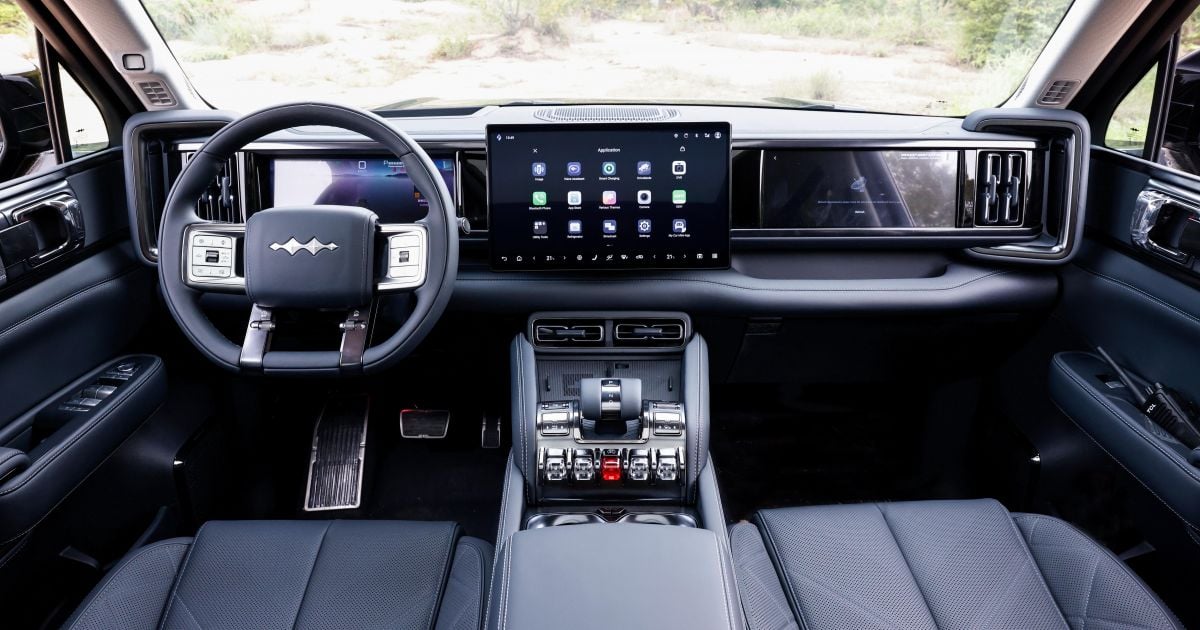
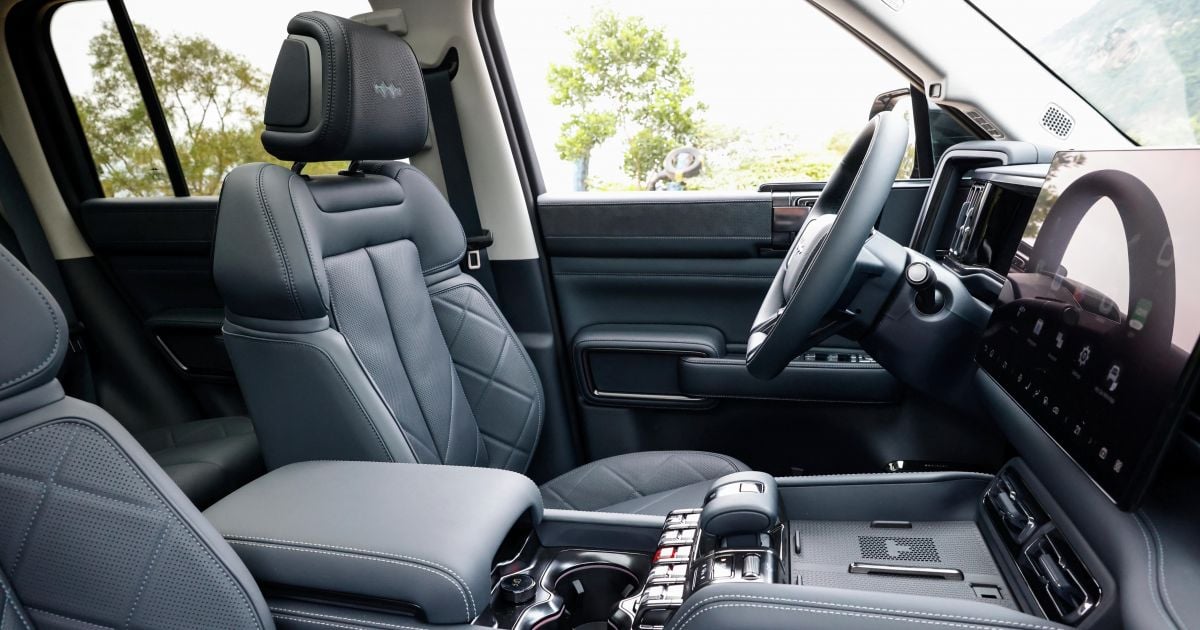
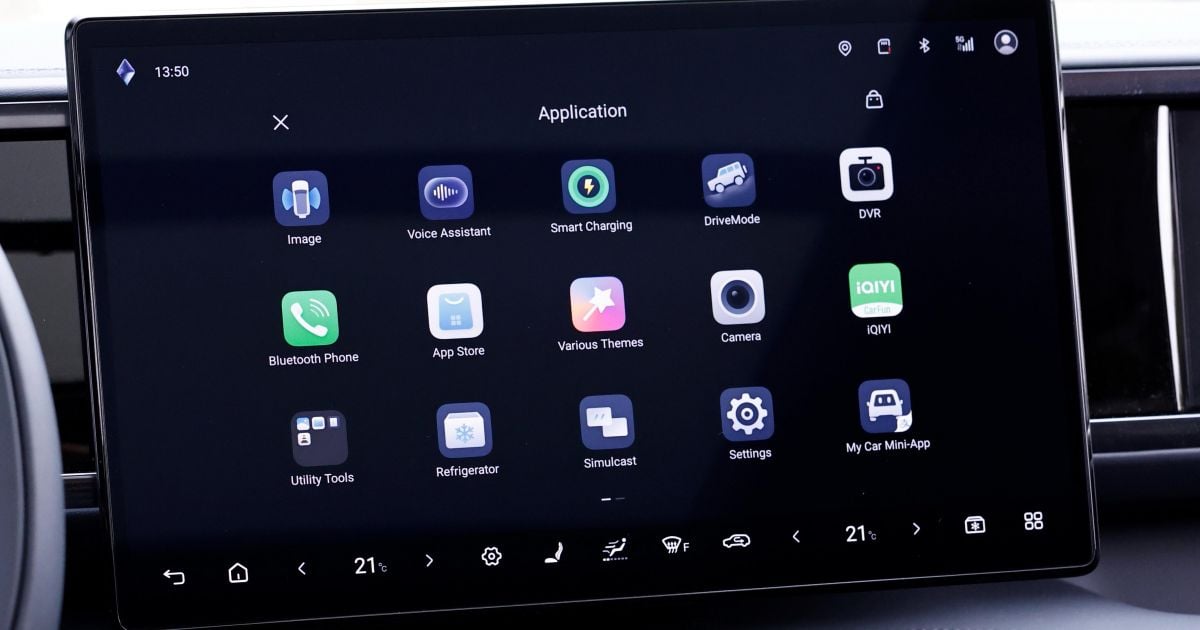

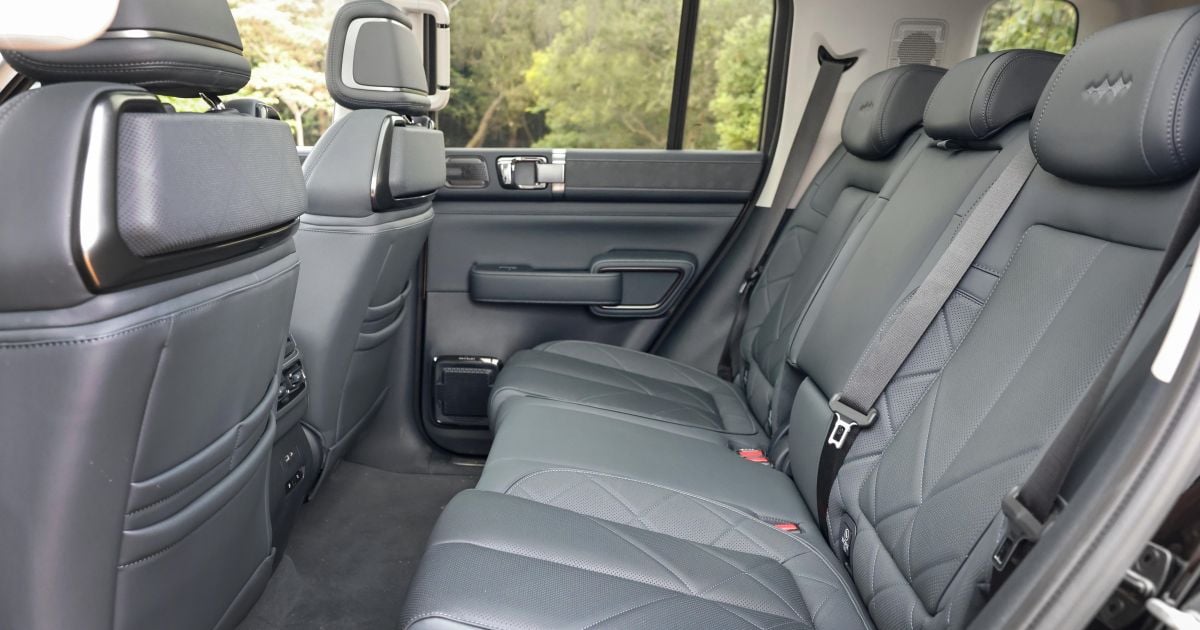

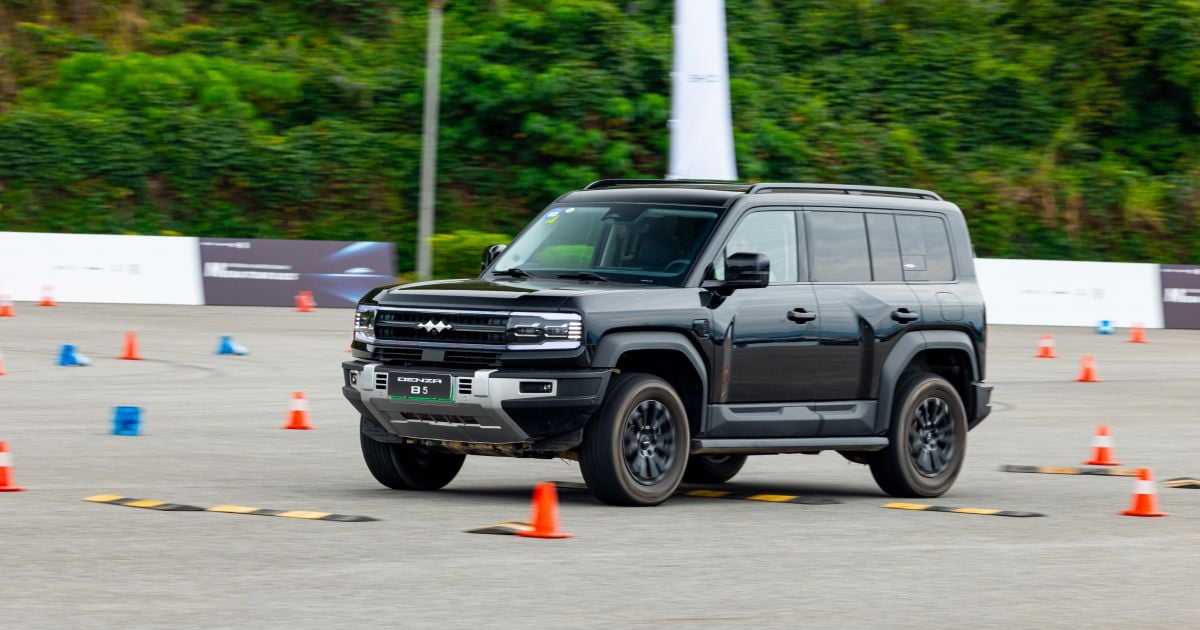
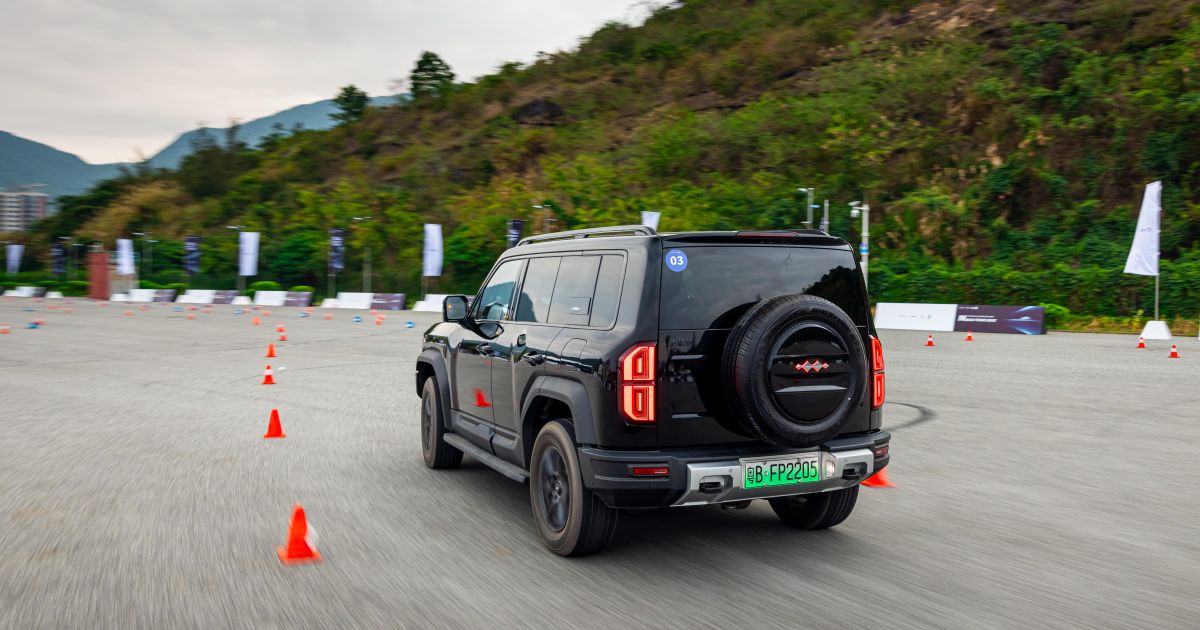
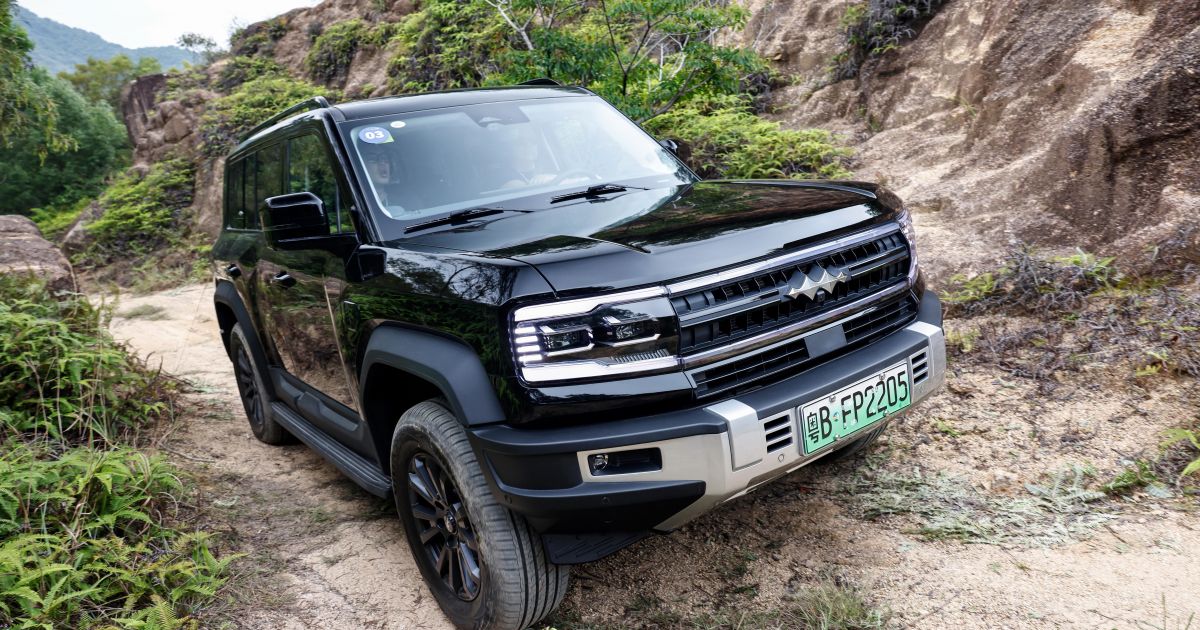
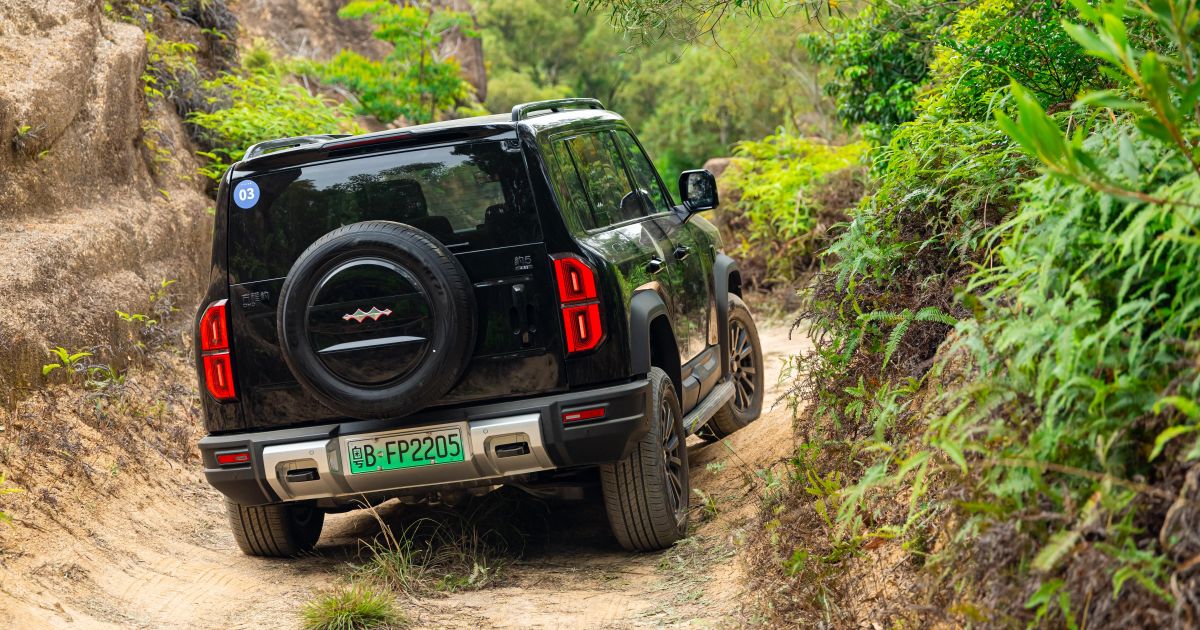
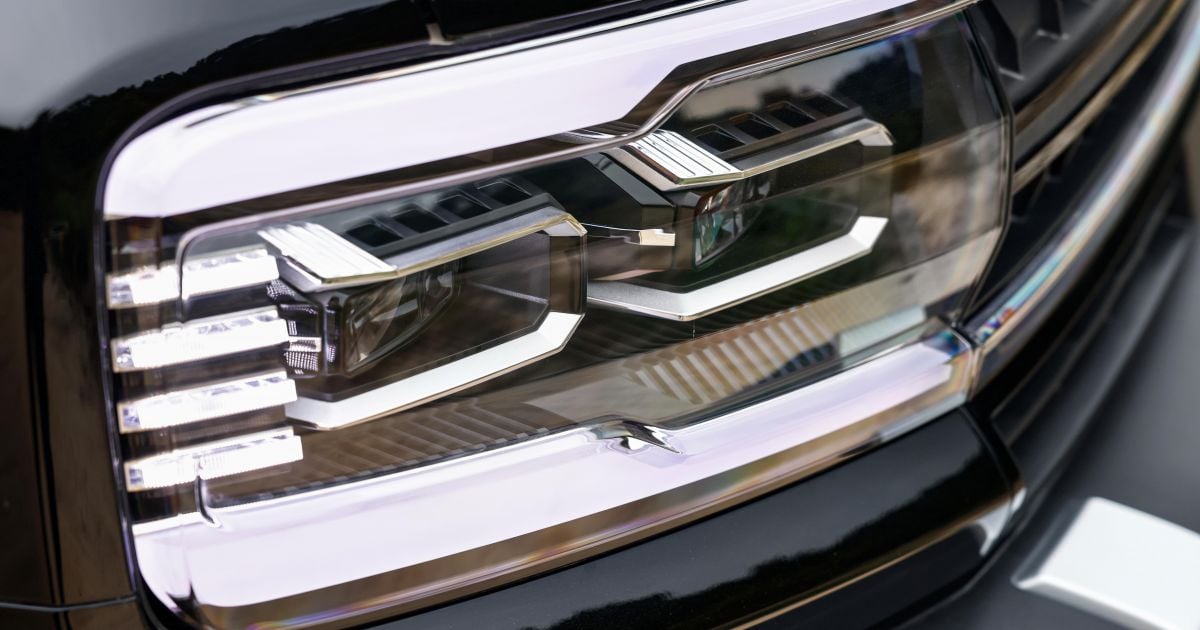
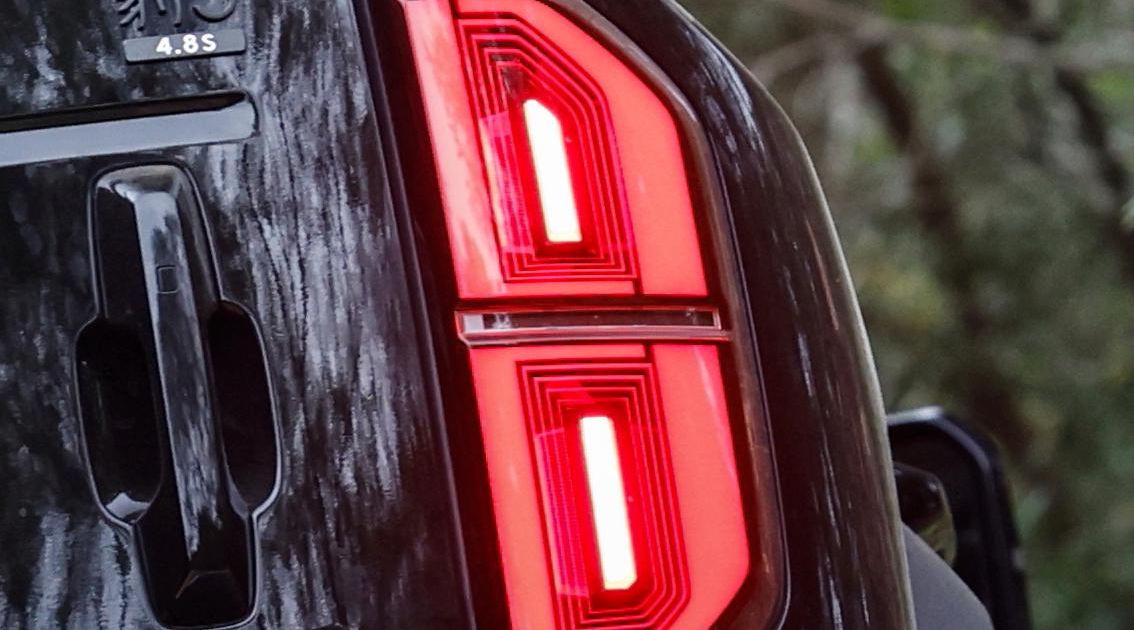


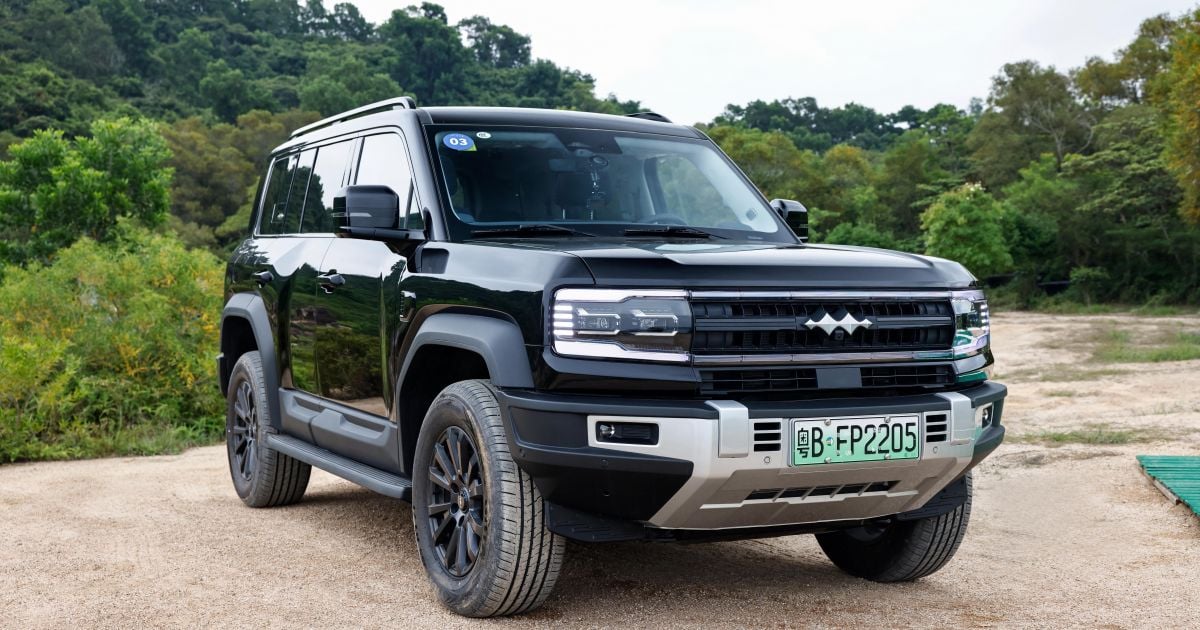
Leave a Comment